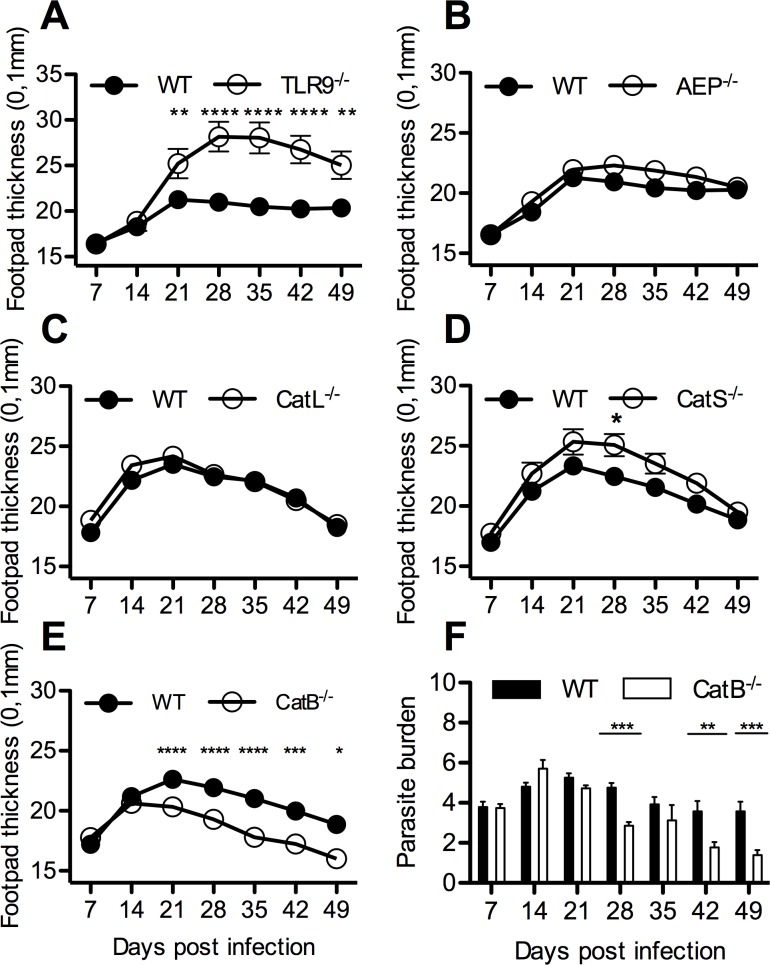Fig 1. CatB-/- mice resolve L. major subcutaneous infection faster than WT.
WT, TLR9-/-, AEP-/-, CatL-/-, CatS-/- and CatB-/- were subcutaneously inoculated with 3x106 stationary phase promastigotes of L. major in the footpads and experimental read-outs were measured weekly as indicated. (A) Mean footpad thickness (±SEM) of infected mice (WT–filled circle; TLR9-/-- empty circle). (B) Mean footpad thickness (±SEM) of infected mice (WT–filled circle; AEP-/-- empty circle). (C) Mean footpad thickness (±SEM) of infected mice (WT–filled circle; CatL-/-- empty circle). (D) Mean footpad thickness (±SEM) of infected mice (WT–filled circle; CatS-/-- empty circle) (E) Mean footpad thickness (±SEM) of infected mice (WT–filled circle; CatB-/-- empty circle). (F) Logarithm base 10 of limit dilution for parasite burden from footpads of infected mice (WT—filled bars; CatB-/-- empty bars), middle line represents mean value per group. Figures depict representative data pooled from at least 3 independent repeats with n ≥ 8 mice/group/time point. * p<0.05; ** p<0.01; *** p<0.001; **** p<0.0001

